
Managing Traumatic Injuries in a Warzone
Managing Traumatic Injuries in a Warzone

To unlock this feature and to subscribe to our weekly evidence emails, please create a FREE OrthoEvidence account
Already have an account? Click here
DISCLAIMER:
This podcast is for informational purposes only and is not intended to be a substitute for professional medical advice, diagnosis, or treatment. If you require medical treatment, always seek the advice of your physician or go to your nearest emergency department.
The opinions, beliefs, and viewpoints expressed by the individuals on this podcast do not reflect the opinions, beliefs, and viewpoints of OrthoEvidence.
Managing Traumatic Injuries in a Warzone
Host:
Mohit Bhandari, MD, PhD, FRCSC
Editor-in-Chief, OrthoEvidence
Guest:
Alaa Ahmad
Paediatric Orthopaedic Surgeon
Professor, Palestine Polytechnic University
Adjunct Professor, University of Toledo, Ohio, USA
Chair of Spine Committee, SICOT
President-Elect World Orthopaedic Concern
PERSPECTIVES
Drs. Ahmad and Bhandari talked about traumatic injuries in mass casualty situations, specifically the casualties in the war zone of the West Bank and Gaza Strip, how patients are managed, challenges in patient care and the needs from healthcare teams in the region. Our discussion uncovered 4 core themes. These themes and their supporting insights are highlighted below.
1. Number and Types of Injuries
Dr. Ahmad shared that in the war in 2018, there were about 600 patients arriving at the emergency room (ER) in hospital with 200 patients being admitted to hospital requiring urgent surgery on a typical day. The situation these days is worse than before. For example, there may be 600 people with casualties (mainly bullet-related injuries) in one day in the West Bank, and there are more casualties in the Gaza Strip, with 2,000 people needing management of their injuries mainly caused by missiles in a day. Dr. Ahmad pointed out that the majority of injuries are open fractures and complicated fractures of extremities, with or without vascular injury.
2. Patient Management in the Warzone
Dr. Ahmad talked about the importance of first aid and the primary life-saving procedures for patients. In the West Bank, the field hospital is around 300 meters away from the site of clashes, where patients can be transported to if necessary. Two healthcare workers, one of them having received four to five months’ basic training and the other an intermediate professional, are responsible for the primary management of patients in the ambulance before the patients arrive at the hospital for injury management. An intermediate-trained professional is able to put a cannula (to give intravenous fluids to a patient) as soon as possible.
In the hospital in the West Bank, an officer who had relevant training for nearly one month will play the role of the first responder to provide basic care to the patients. For example, they can put a tourniquet on a patient’s wound if there is severe bleeding. A general surgeon will assess the severity of injuries and triage a patient within 3 minutes. If needed, the patient will be sent to the ER, where three professionals (a senior surgeon, an ER specialist and a nurse) for each bed can perform the needed procedures to manage patients’ injuries, or transfer the patient to the operating room (OR) for a surgery.

About specific statistics, I will give you just some examples. On the first day, in (a hospital in) the West Bank, they had 200 patients go to the OR (operating room), or needed (to be cared for in an) OR / an emergency. 73 surgeries were done on the first day. All of them had vascular injuries. On the second day, they had 65 cases who didn't have vascular injuries, but (have) direct trauma. And on the third day, they had around 40 cases that would have just trauma without any associated vascular injury. The problem for all of these patients, whether they would have vascular injuries or just direct trauma is that most of them are Gustilo III or II, and they are very severe injuries. You would also need reconstruction afterwards, for these patients.
Dr. Ahmad
In the hospital in the Gaza Strip, because numbers and injury severity of patients are greater than those in the West Bank, patients will usually be transferred to the ward after they receive the minimal care of cannulas and life-saving management, without going to the ER. In the ward, senior orthopaedic surgeons will review all the patients every 2 hours and triage patients to receive surgery according to the level of life-threatening injuries.

In the Gaza Strip, the numbers are much more; the cases are much more complicated, and harder to deal with. Sometimes, you don't have enough time to get the patients managed in the ER. So, for example, if you have any patient who's having an upper or lower extremity injury, he or she will be transferred immediately to the ward, and not being managed in the ER. In the war, every two hours, senior orthopedic surgeons will go through all the patients. And they will decide who will be sent to the OR.
Dr. Ahmad
3. Early Management of Open Fractures is Crucial
Dr. Ahmad shared that in the case of mass casualties, although temporary management like posterior slabs and antibiotics are given to patients, surgery for open fractures may be delayed for 1 or 2 days. These delays may increase risk of complications among patients.
Drs. Bhandari and Ahmad regard that it is crucial to do early management for patients with open fractures. Delayed repair and wound closure are associated with higher risk of non-unions, infections and worse functional outcomes.

We realized from our experience here that plastic surgery is really very important, closing them as soon as possible is very important. Having people to do flaps or cover it is very important, which will decrease the incidence of non-unions, infections and other complications in the long run. We realize that there is what we call ‘The Golden 10 Minutes’ in the beginning, after having the injury. If you have good paramedics, you save lives; you will improve the long-term outcomes of these people.
Dr. Ahmad
4. Challenges
Dr. Ahmad mentioned that there is a lack in the experienced healthcare personnel, especially those who work at graduate level of paramedic, ER specialty, plastic surgeons, and vascular surgeons. There is not an intensive care unit (ICU) in the West Bank. There is a paucity of resources that include some necessary facilities to build a good connection between the ER doctors and the medical team officers working in an ambulance, as well as orthopaedic surgery equipment and supplies such as interlocking instrument sets. Dr. Ahmad also addressed that remote skill coaching in plastic surgery and vascular surgery in the West Bank is also greatly needed and appreciated.
Questions and Answers:
Dr. Bhandari: What are the most common injuries that have been coming in for treatment?
Dr. Ahmad: 70% of the patients are having lower or upper extremity injuries, nearly all of them are open fractures and complicated fractures with or without vascular injury.
Dr. Bhandari: What do you think about the multidisciplinary care model in managing traumatic injuries?
Dr. Ahmad: It’s not just surgery for sure. A good physiotherapist or having a good rehabilitation center is very important for patients with orthopaedic injuries. Because the patients need to be involved in the management, and need to have a long-term, appropriate physiotherapy plan, especially for these patients who are having depression and some emotional issues (they might also have missed some of the families). So, you need to have an excellent physiotherapist that can deal with this complicated, emotional, physical issue. And, believe me, I've seen how important a physiotherapist and a rehabilitator are, in dealing with these cases and getting them appropriately back to function much better than what we can think.
SENSE-MAKING
Drs. Ahmad and Bhandari addressed the importance of early management of open fractures in order to prevent various complications in patients. Dr. Ahmad shared that the number and severity of injuries are great in a war zone. The most commonly seen injuries are open fractures of the upper and lower extremities. Most cases are severe and there may be a one-to-two-day delay for these patients to receive appropriate orthopaedic surgeries. There is a lack in experienced healthcare personnel, especially ER specialists, plastic surgeons, and vascular surgeons, as well as some orthopaedic instruments.
How to Cite:
OrthoEvidence, Alaa Ahmad. Managing Traumatic Injuries in a Warzone. OrthoPod Perspectives. 2021;2(4):2. Available from:




 LOGIN
LOGIN
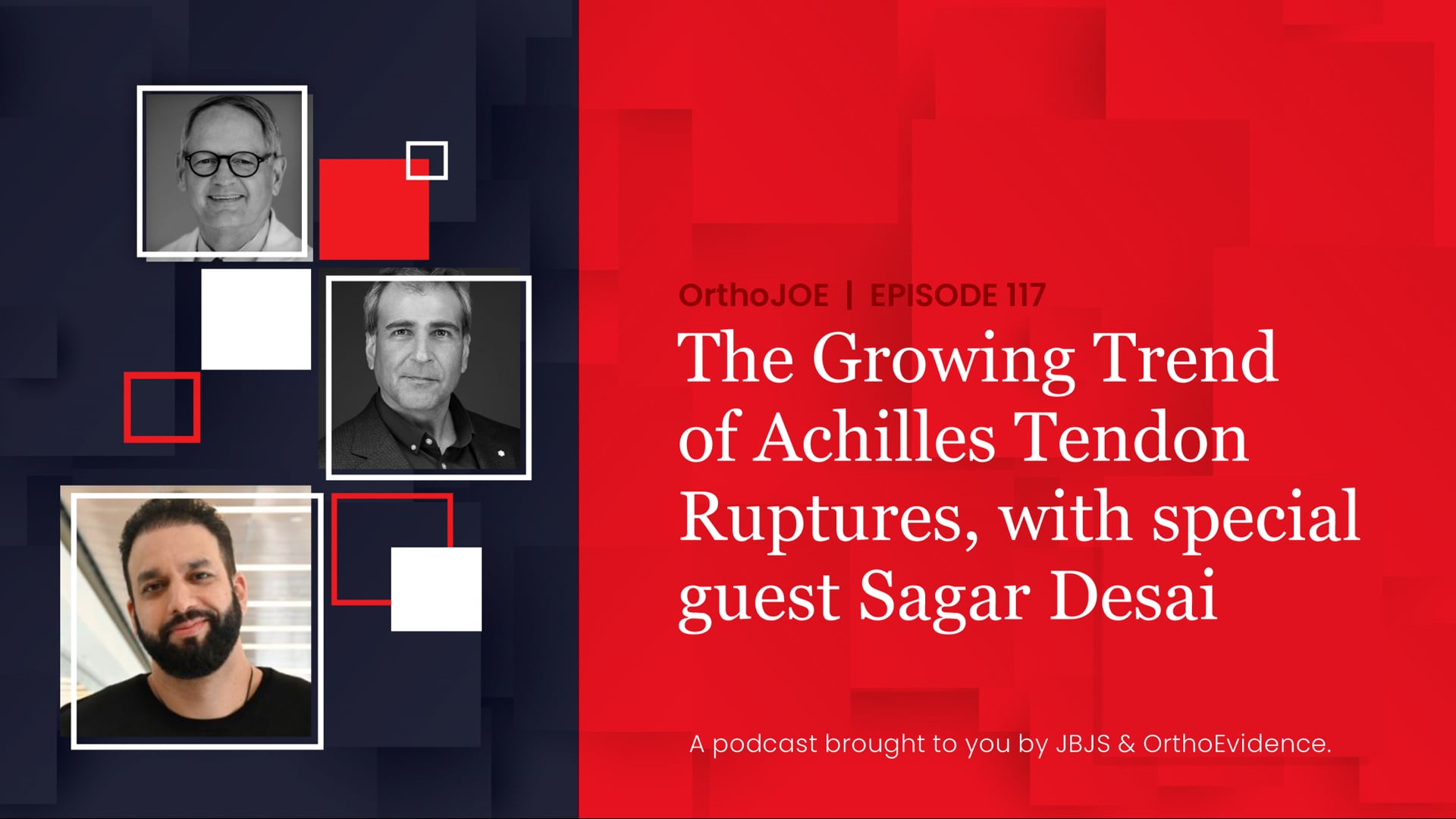

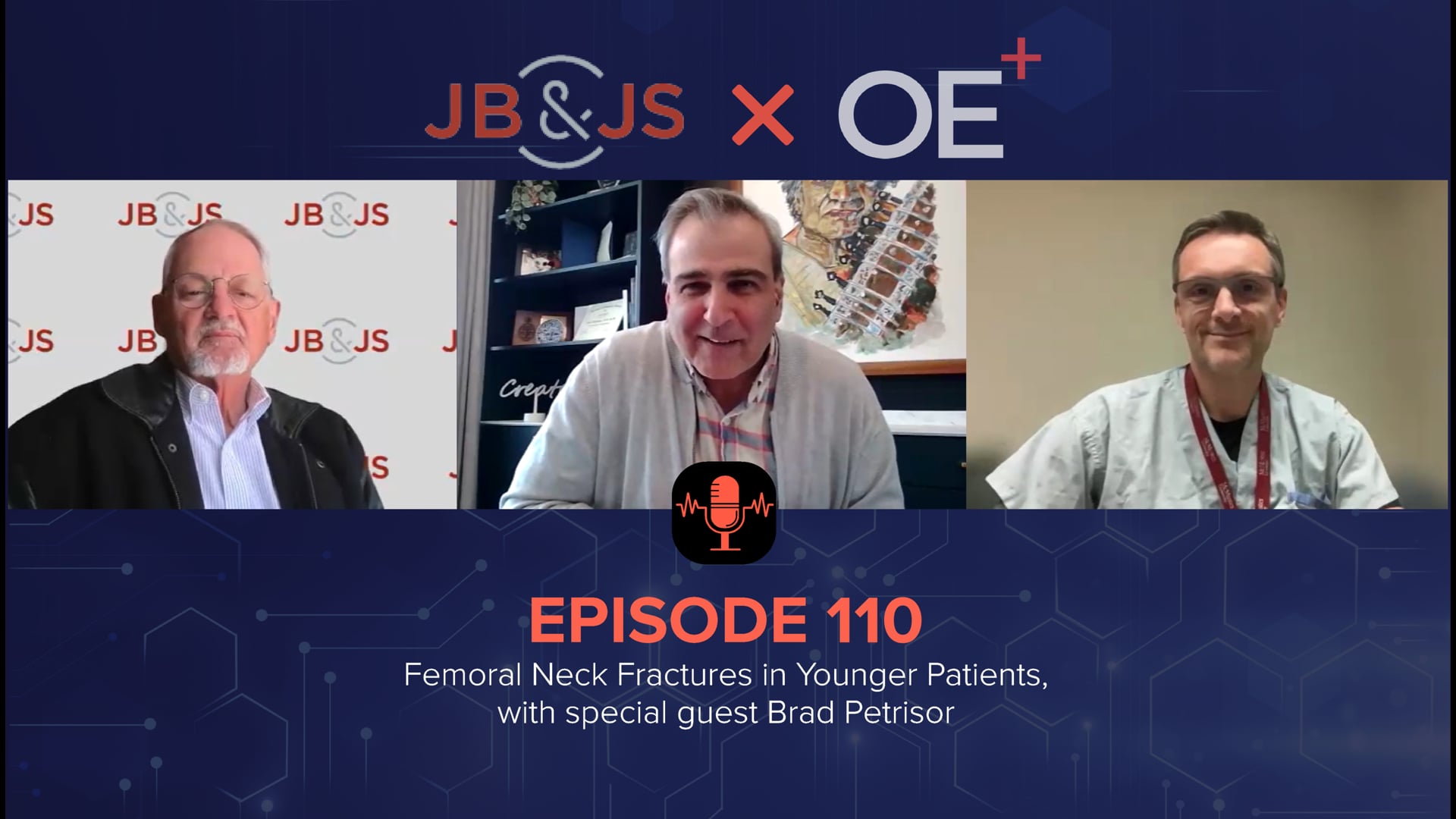
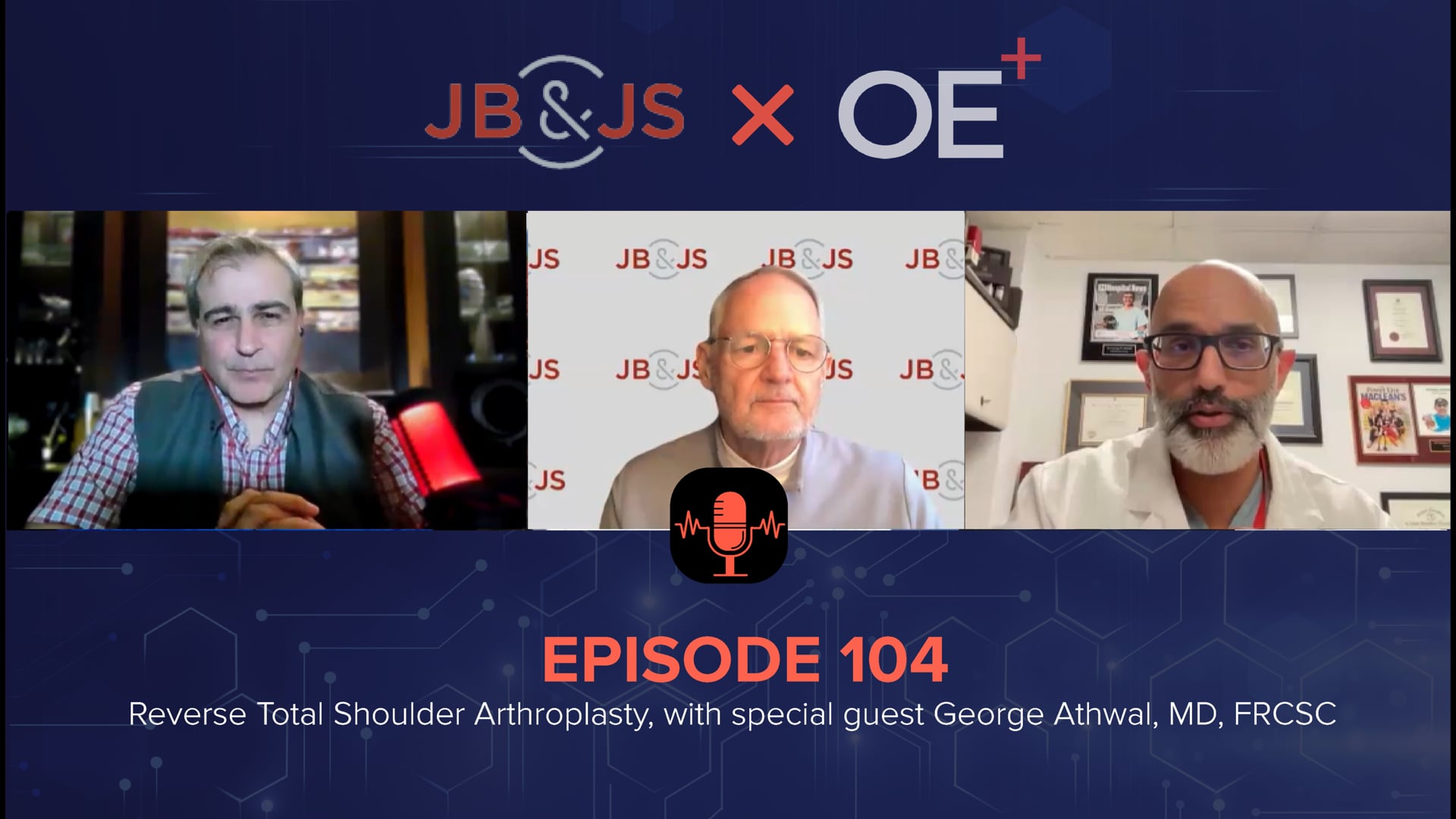
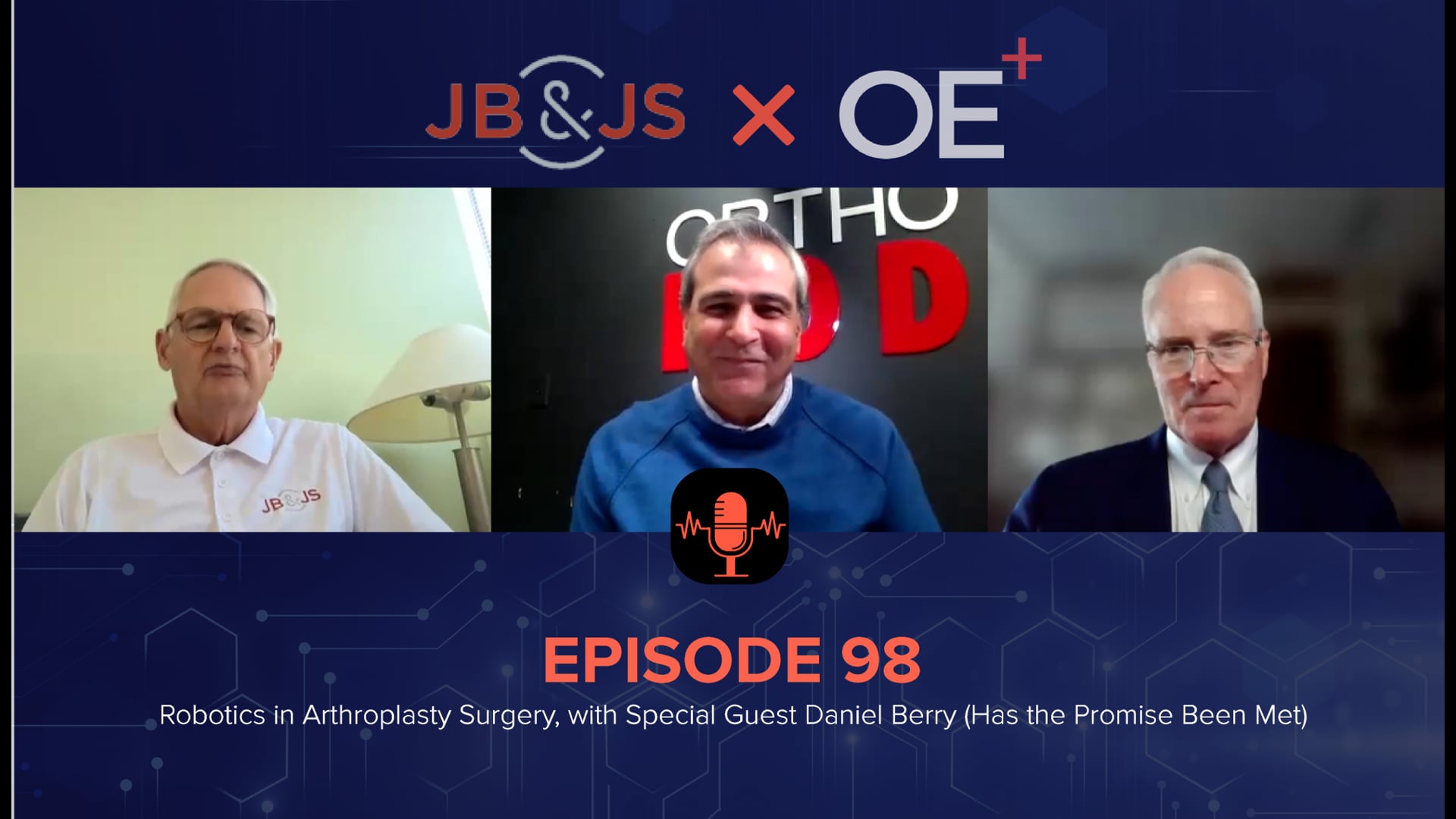


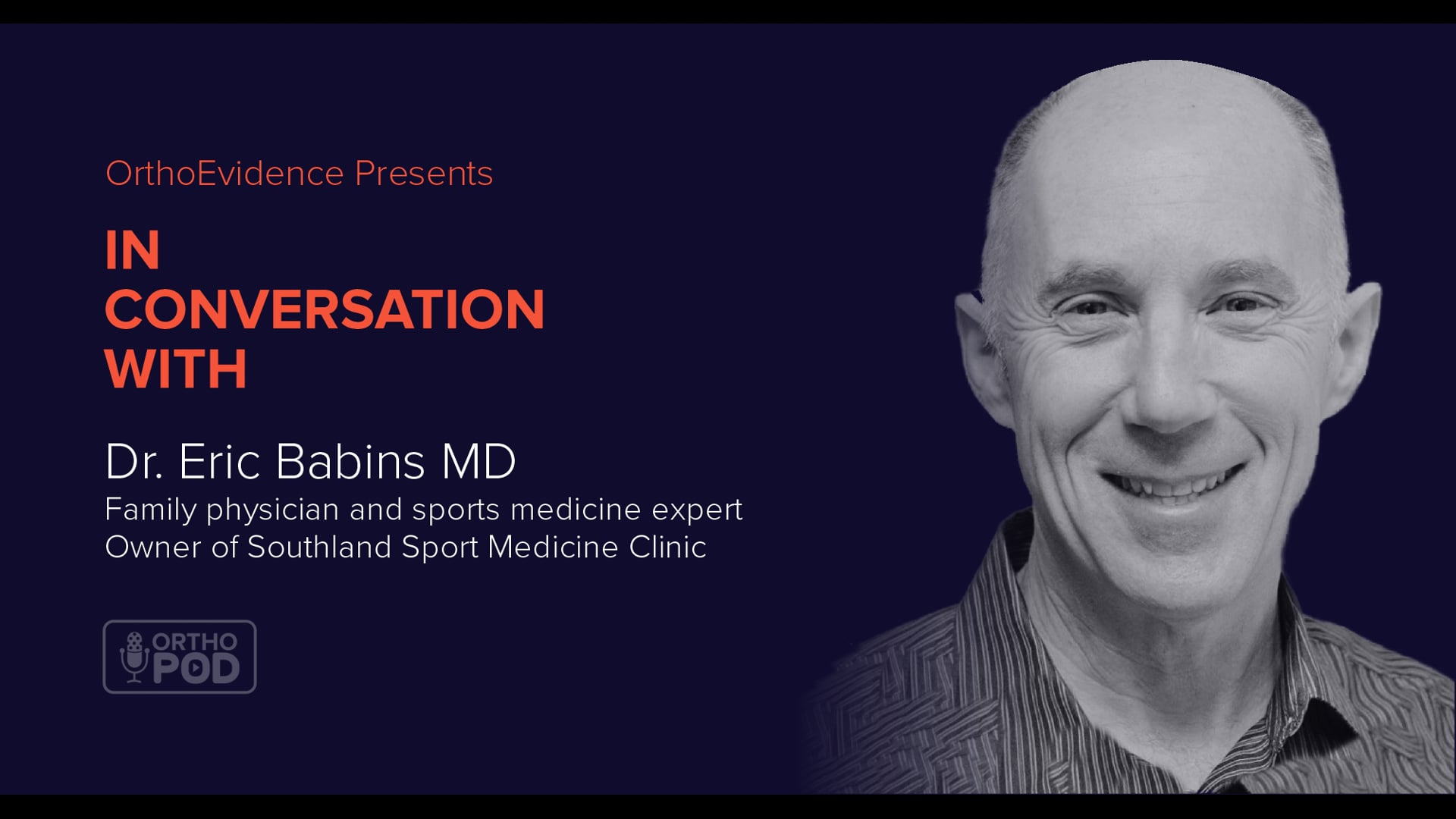
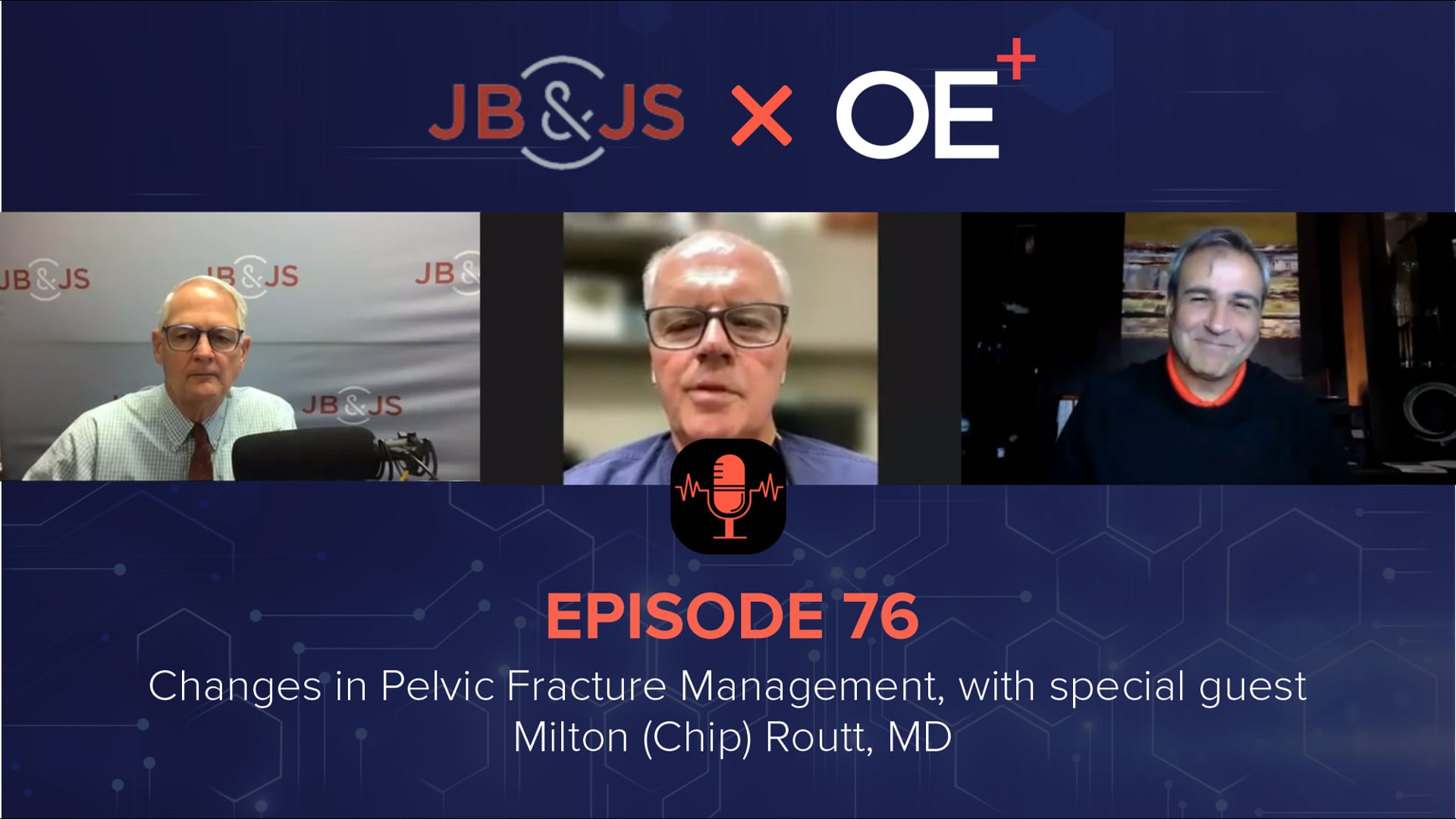
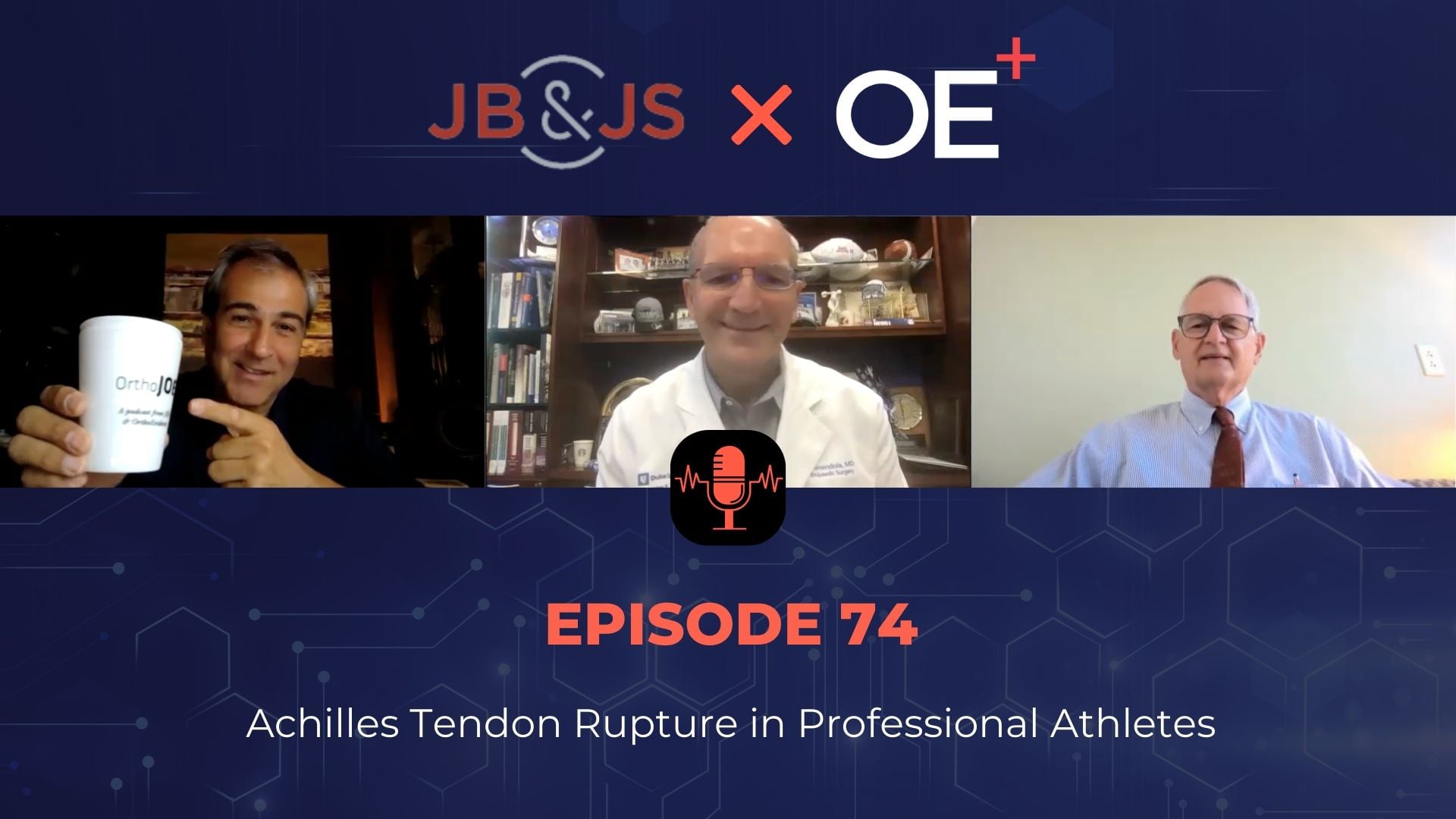
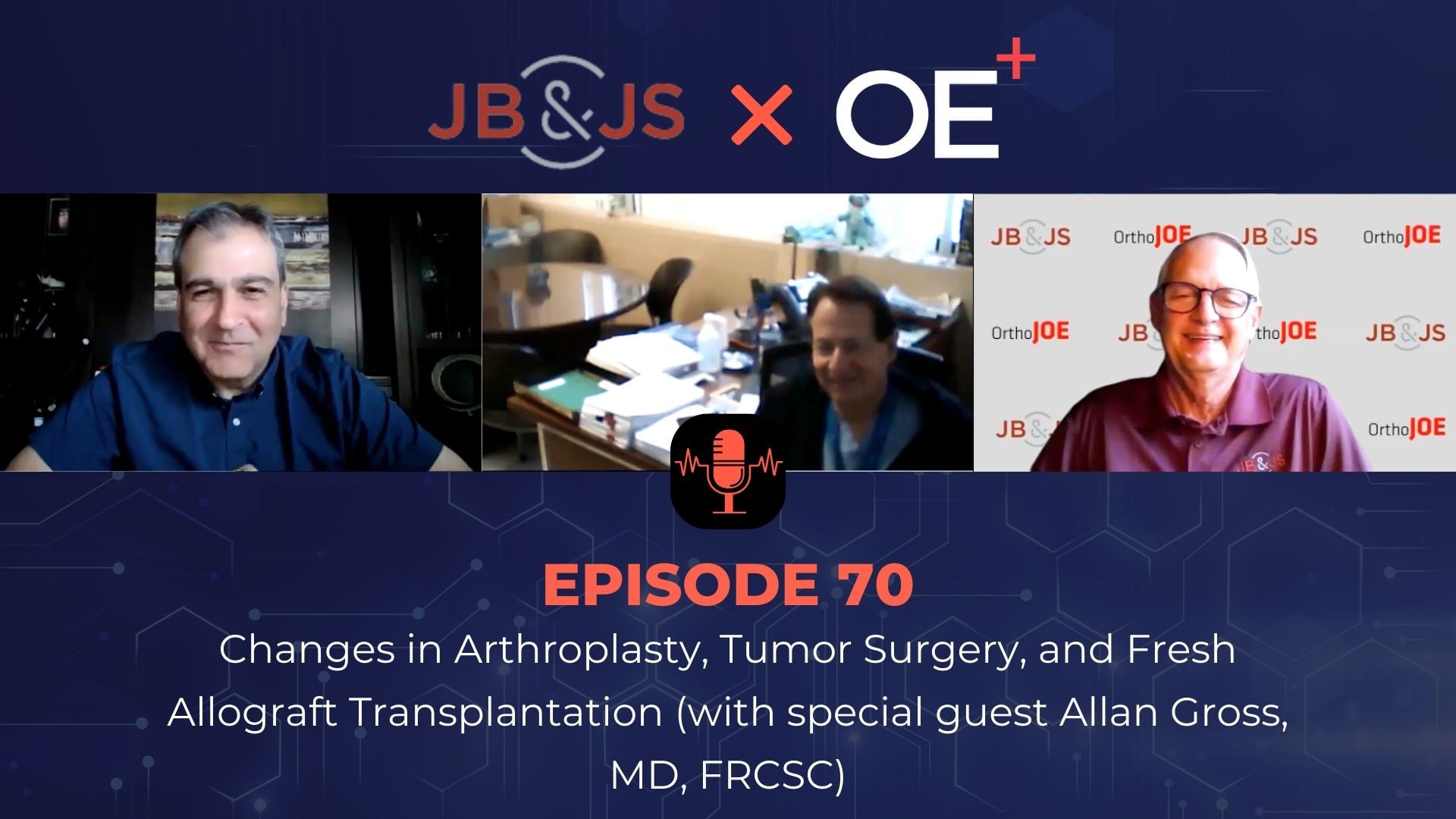
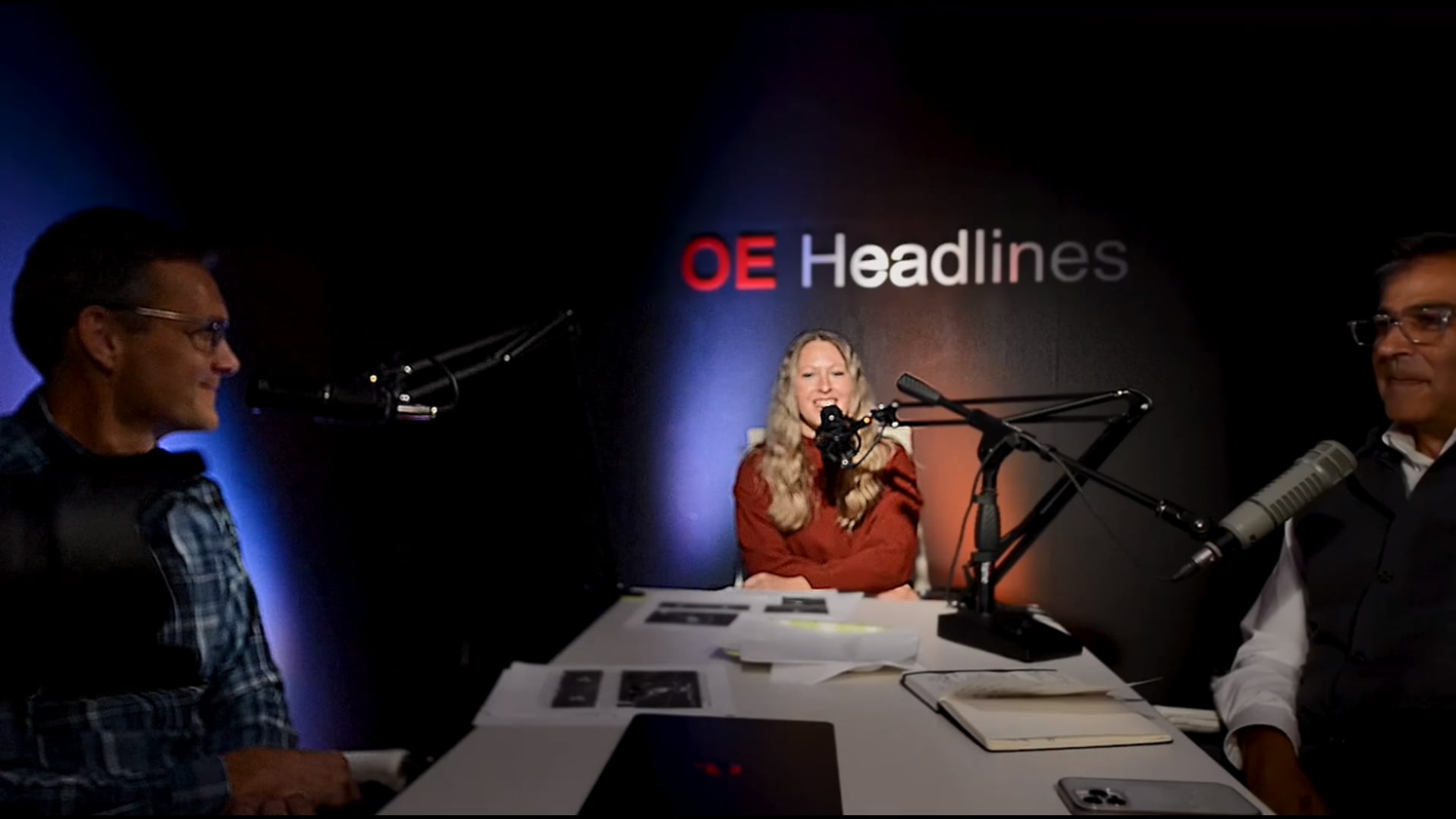
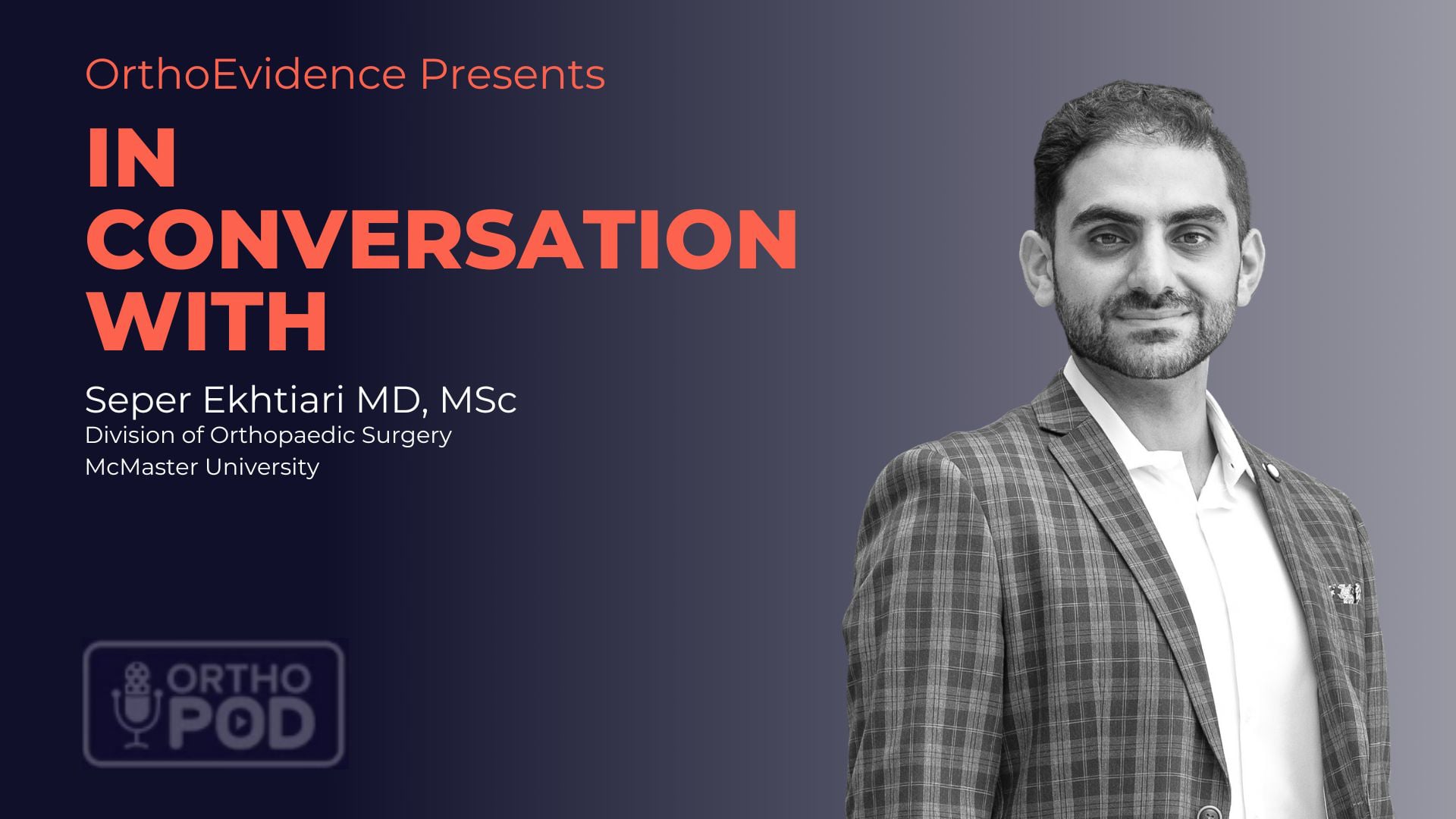
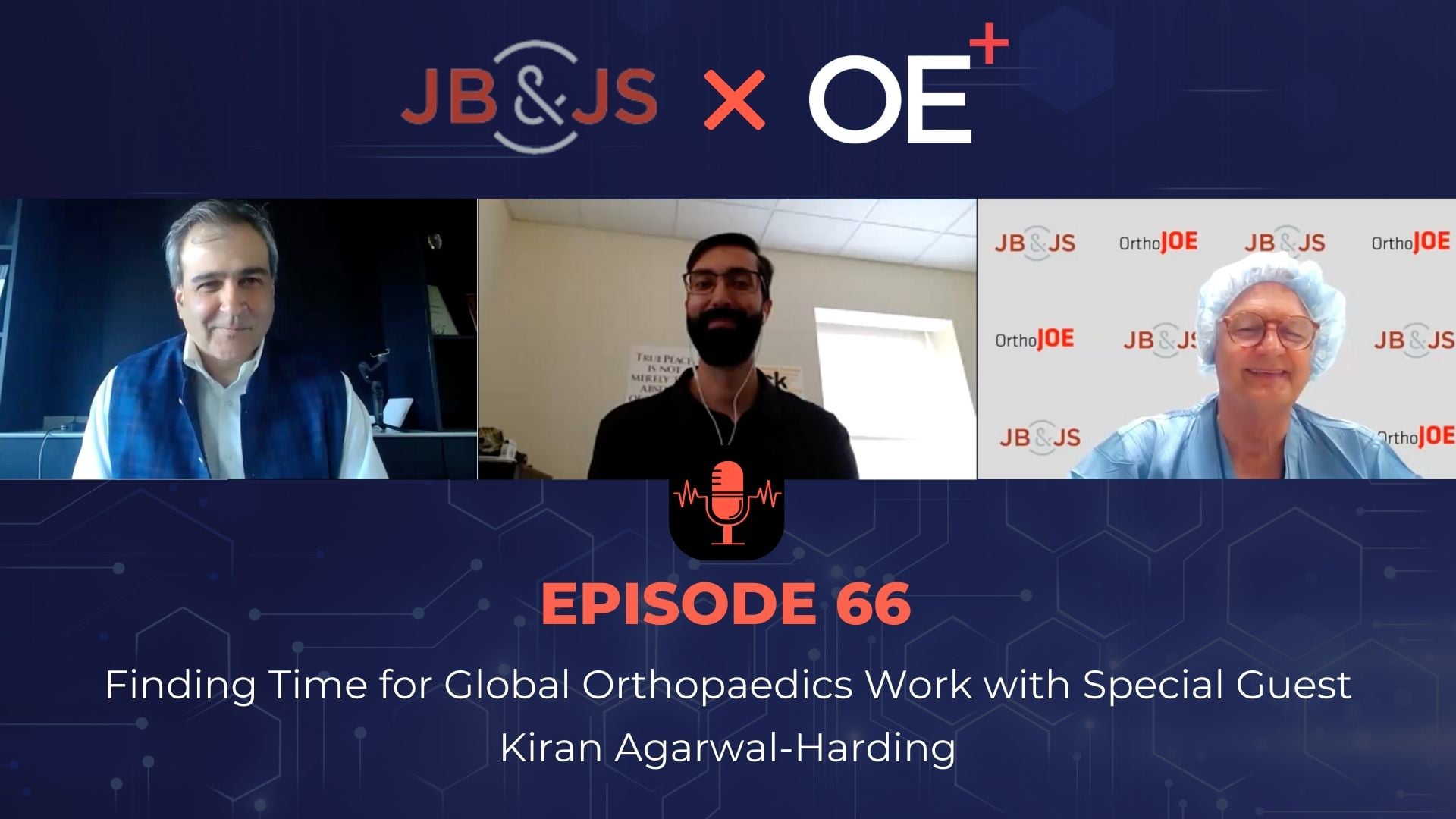
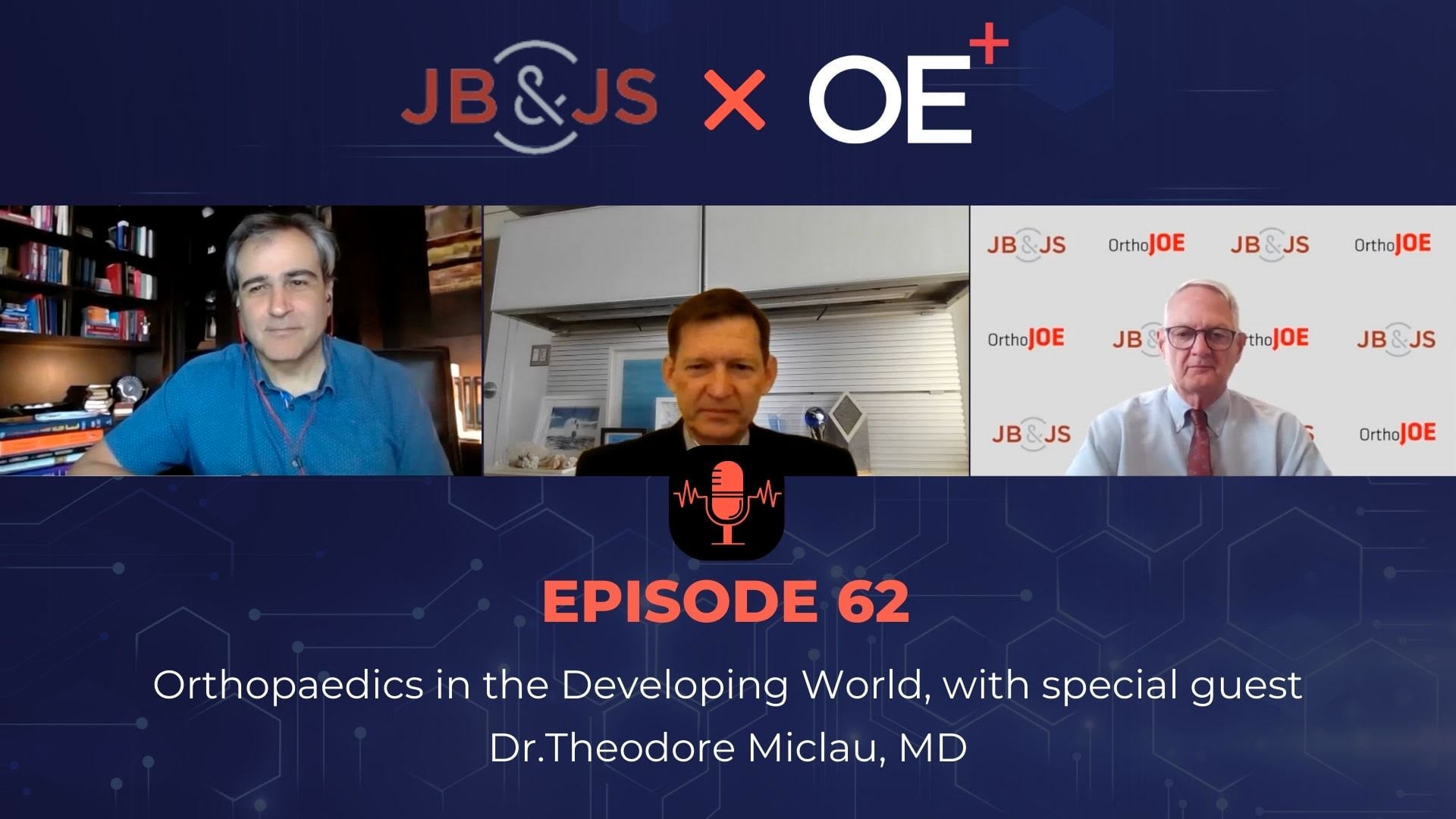
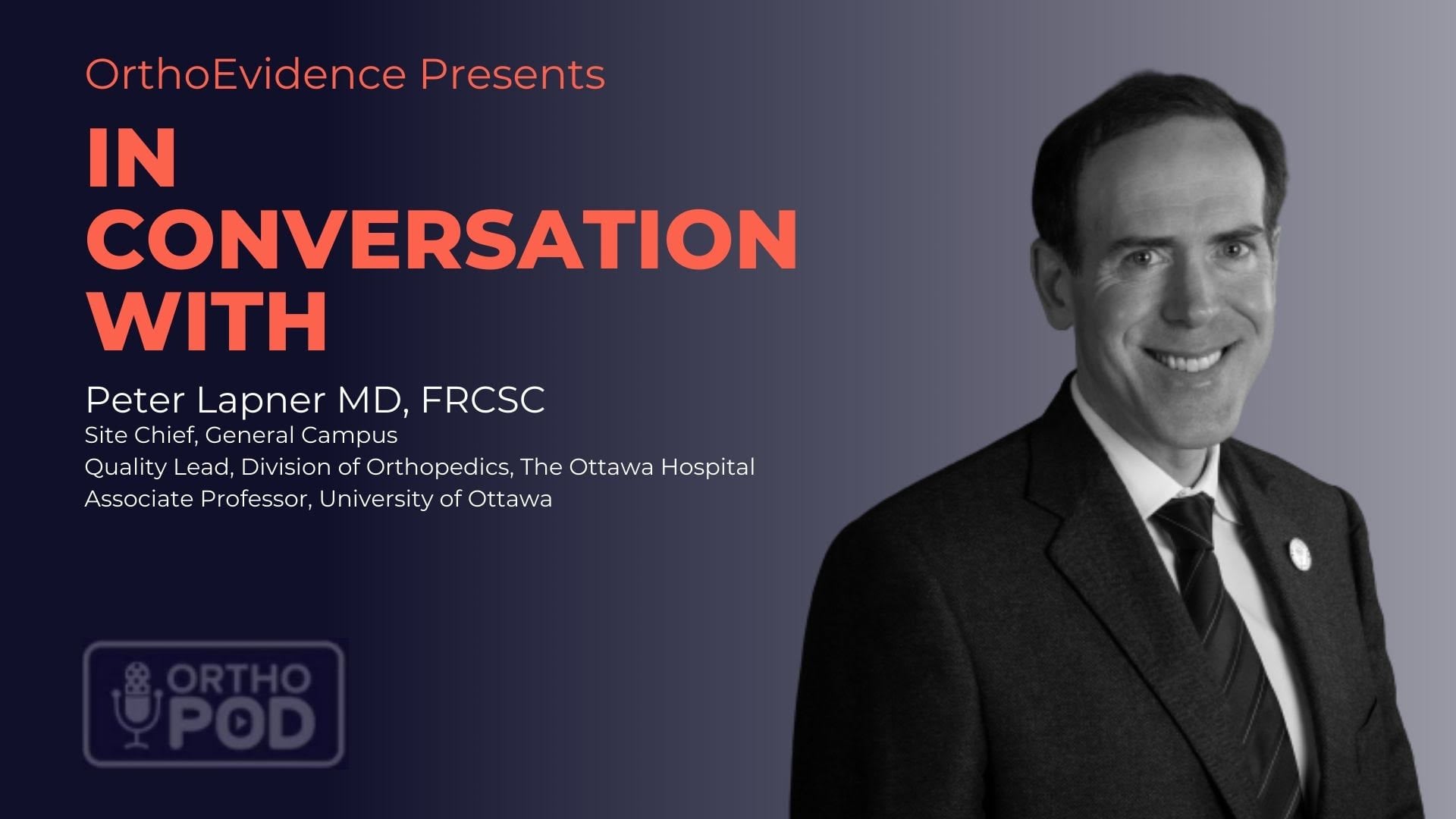
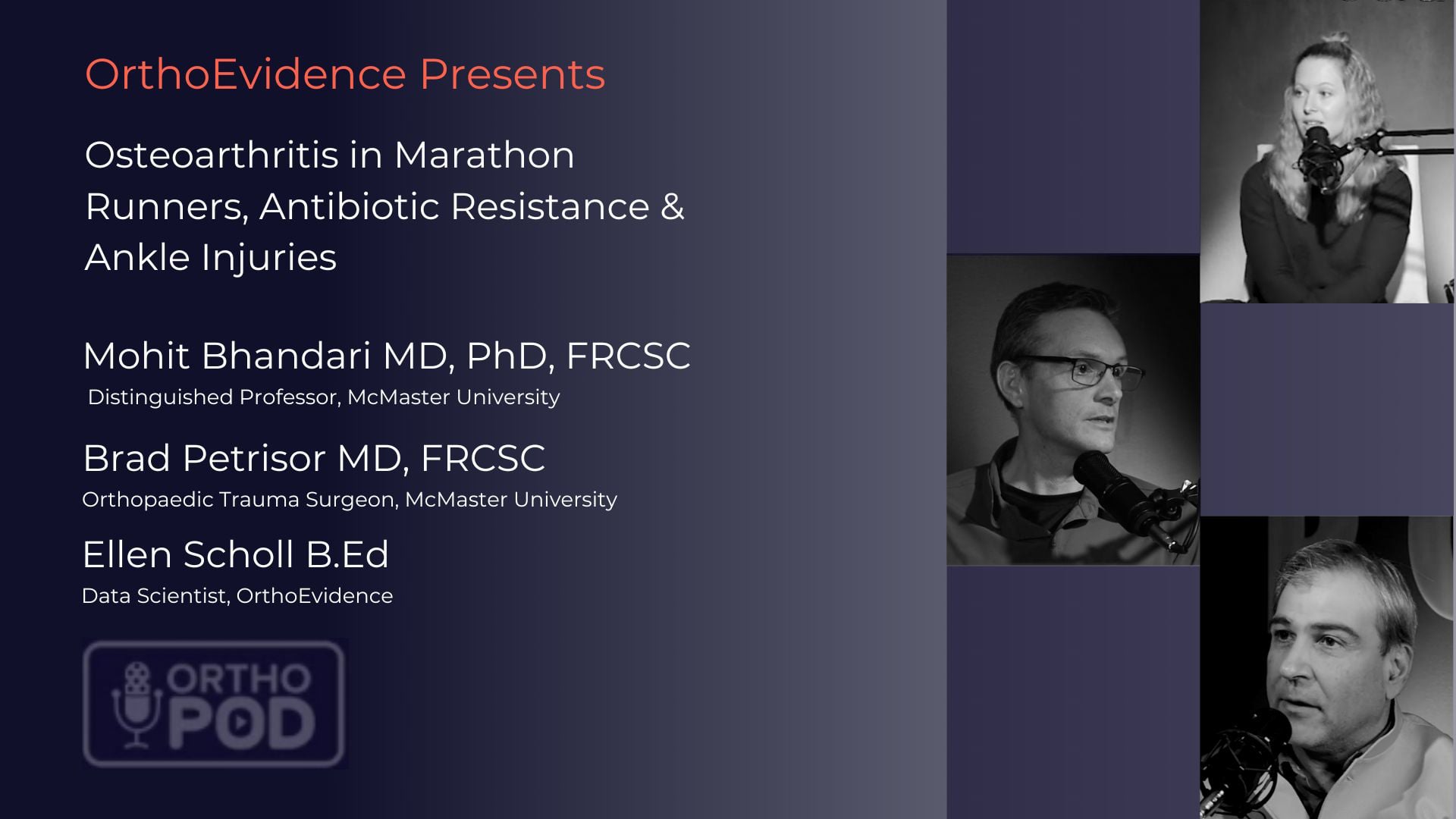
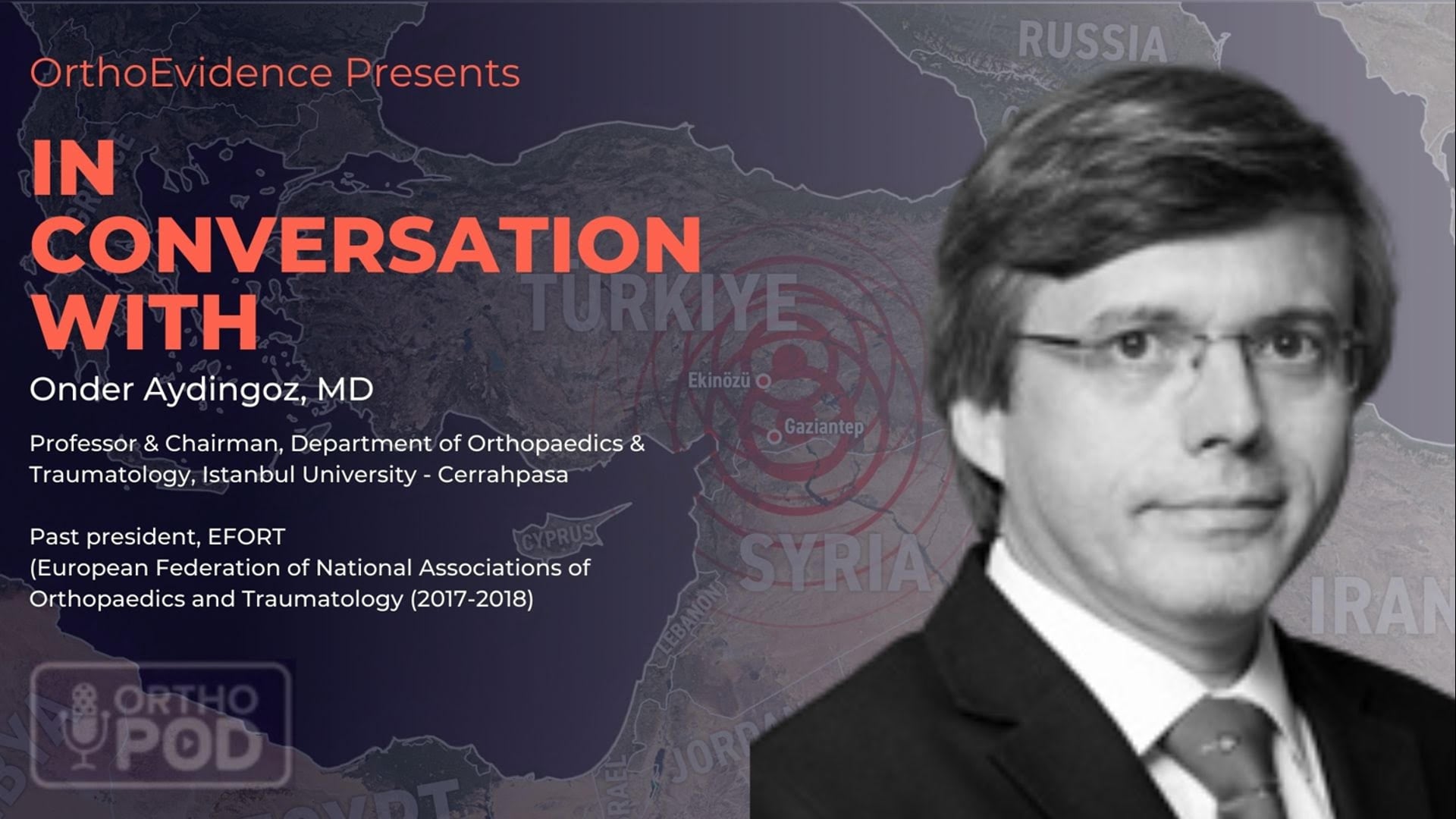

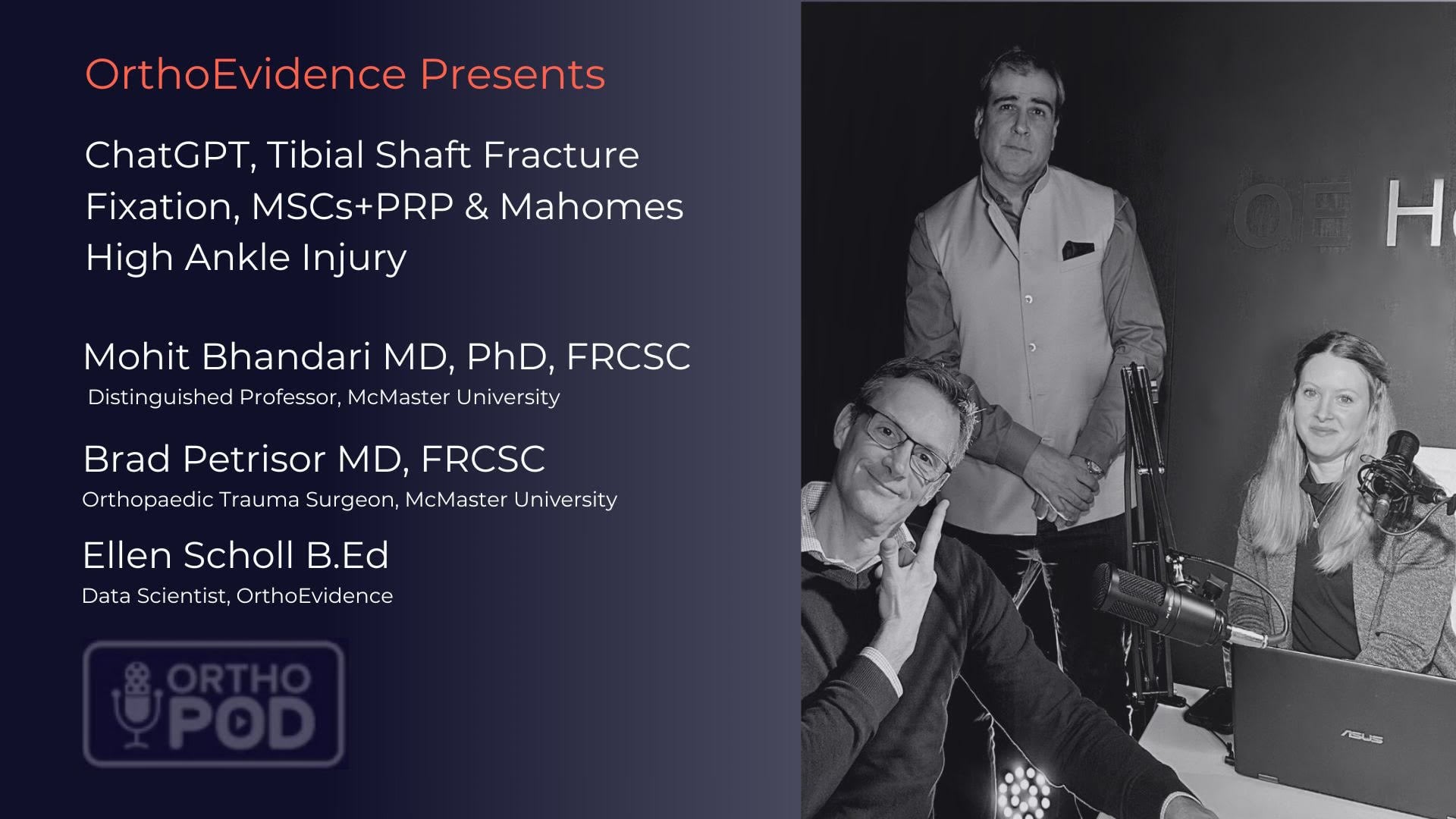
Please Login or Join to leave comments.